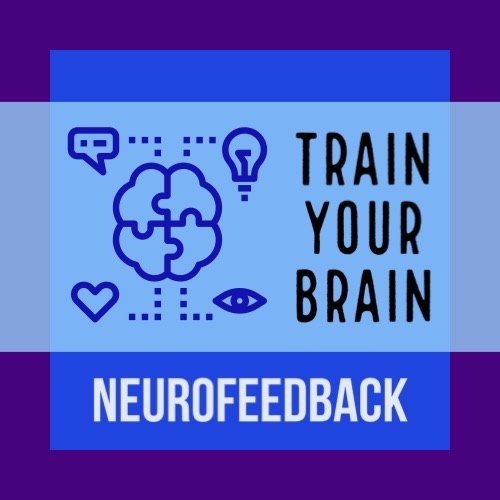QEEG Neurofeedback: Areas of Application
Here are the seven most common areas where the effectiveness of neurofeedback is scientifically validated:
1. Attention Disorders (ADHD)
For ADHD, neurofeedback generally targets beta waves (associated with attention and concentration) and theta waves (linked to relaxation and daydreaming), training individuals to increase their beta activity while decreasing theta activity. The results often show improved concentration and reduced hyperactivity, similar to the effects of certain medications but without side effects. This method offers a non-pharmacological alternative for managing ADHD, which is particularly appealing to parents concerned about long-term medication for their children.
2. Sleep disorders
DIn the treatment of sleep disorders, neurofeedback can be used to regulate delta waves (associated with deep sleep) and alpha waves (pre-sleep relaxation). Patients learn, for example, to increase their delta activity to improve the depth and duration of their sleep. This approach is beneficial for those who prefer a natural method to improve sleep without medication.
3. Anxiety and Stress Management
Neurofeedback for anxiety often involves strengthening alpha waves, which are associated with a state of deep relaxation and calm. Users learn to induce and maintain these waves to reduce anxiety symptoms, resulting in better management of daily stress. This method is appreciated because it gives individuals personal control over their stress reactivity.
4. DEpression
To treat depression, neurofeedback can focus on modulating alpha and theta waves to positively influence mood. Patients undergoing this form of treatment often report an improvement in mood and a reduction in depressive episodes. This technique offers a non-invasive treatment option that can be used in conjunction with other psychological or medicinal interventions.
5. Optimal Performance
Neurofeedback in the field of optimal performance focuses on training to achieve a state of "flow," where beta waves are optimally balanced for maximum concentration and performance. Athletes and professionals using neurofeedback often report significant improvements in their ability to stay focused and perform under pressure. This method is particularly valued for its ability to enhance performance consistency without medication.
6. EpilepsY
Neurofeedback for epilepsy aims to stabilize brain waves and reduce abnormalities that can lead to seizures. Patients are trained to recognize and modify their brain activity, which can reduce the frequency and severity of epileptic seizures. This method is valued as a complementary intervention that can reduce dependence on anticonvulsant medications.
7. Autism Spectrum Disorders (ASD)
In cases of ASD, neurofeedback can help improve attention, communication, and social skills by regulating specific brain waves. Children and adults with ASD who practice neurofeedback often show progress in social engagement and a reduction in repetitive behaviors. This offers a promising non-pharmacological method that can be used to support other forms of behavioral therapy.
